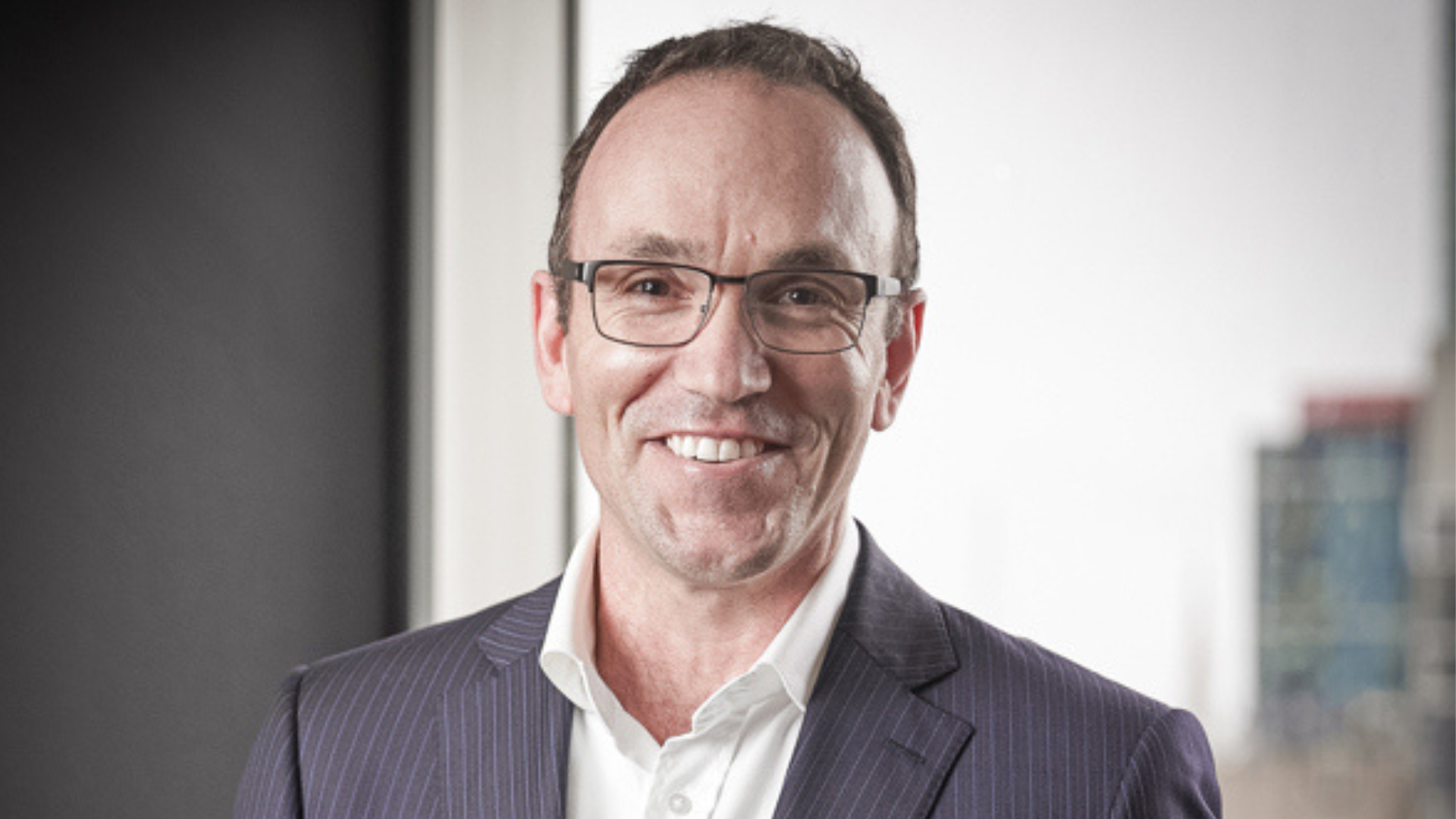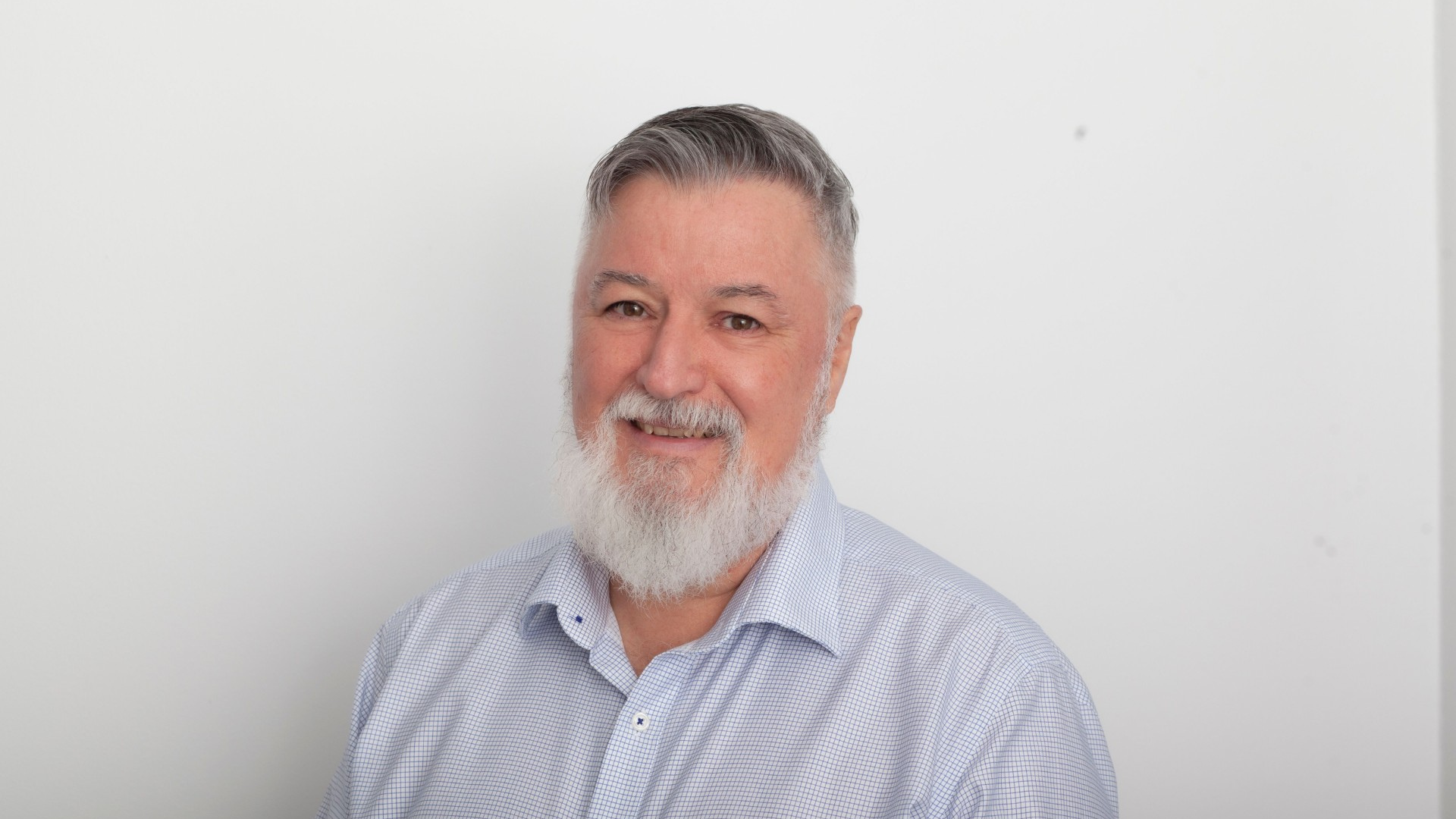Ausbil’s ESG researchers turn focus onto plastics
ESG is a big and complex subject which institutional investors still struggle with. Their hearts may be in the right place but subjecting their beliefs to fiduciary investment rigour is a different story. Mans Carlsson-Sweeny has spent the past 13 years analysing all aspects of ESG. His latest passion is plastics.
Ausbil Investment Management last month became the first Australian company to sign up to the global ‘Investor Declaration on Plastic Pollution’ and Carlsson-Sweeny, the firm’s head of ESG research, is optimistic for positive change. He predicts three things will happen:
. New regulations will force mandatory and effective recycling. For Australia, the “effective” bit is problematic because of our, currently, inadequate recycling infrastructure
. Consumers want change and will drive it. And as individual investors they have realised that the earnings from big polluting companies are unsustainable, and
. The UN’s ‘Sustainable Development Goals’ (SDGs) agreed by 193 countries, including Australia and, of course, New Zealand, provide a framework with which to work. Carlsson-Sweeny agrees the SDGs are not easy for investors to engage. A number of them require political national and international action. But they help provide an opportunity for the complex issues surrounding ESG to become better understood.
The SDGs, which number 17 specific and interconnected goals, address the global challenges, including those related to poverty, inequality, climate change, environmental degradation, peace and justice. The UN agreed to them in 2015 and at the time decided: “In order to leave no one behind, and because they are interconnected, it is important that we achieve them all by 2030.”
Nicholas Varcoe, Ausbil ESG and equities analyst, produced a paper on ‘The Problem (and Opportunity) with Plastics’ together with Carlsson-Sweeny and Janelle Morrison, an associate analyst on ESG, in October last year. The paper analyses what it refers to as plastics being a “pervasive problem”. Only 14 per cent of plastics, globally, are recycled.
The paper says: “The culmination of plastic developments creates two major investment themes: the changing profile of demand for plastics and packaged goods, and; the regulatory transition to a circular economy… ESG engagement is an avenue that investors can use to ensure adequate risk mitigation in companies held in the portfolio and to allocate away from poor performers.”
Varcoe says that if you speak with the big supermarket chains in Australia, while important, the use of plastics is usually number three or four on the list of customer concerns. Customers mostly want convenience and low prices.
Carlsson-Sweeny, who has been involved with the development of thinking on ESG since 2007 – he was a senior ESG analyst at AMP Capital before joining Ausbil in 2015 – says that ESG is often a proxy for management quality in investee companies. “Nick (Varcoe) and I will often look at 50 different data points and not all of them impact directly on earnings,” he says.
“The ESG space has become more crowded now. It’s all ramping up. There are a lot of competing issues but many of them are interrelated too,” he says. “For instance, plastics are made by using fossil fuels and therefore are also contributing to climate change. With climate change, don’t just look at emissions. It’s a bigger problem than that.”
An old discussion with ESG is whether big funds and their managers should use negative screens, exiting problematic companies such as with tobacco and coal, or positive screens, seeking out companies with have better practices and process to be overweighted.
With big profit-for-member super funds, at least, the consensus is to use both. This then leads to a discussion on ‘impact investing’ which involves more active management but is more likely to produce early visible results for investors. Impact, however, usually involves relatively small investments but the management time for the super fund is just as, or more, extensive.
With negative screens, another old discussion is whether funds and their managers “do the Wall Street walk” and sell out or stay and engage with the companies. With a global portfolio, with a bigger universe of stocks, it is easier to sell a stock and find a better replacement with similar investment characteristics than in Australia where you may be managing against the ASX 200.
And with coal, a topical example, we have the question of what do you do with a major buyer and user of thermal coal, such as AGL? AGL also happens to be a major contributor to Australia’s transition to renewables through the development of solar energy. A negative screen on coal, such as the one announced last week by BlackRock, may prevent an investment in AGL. However, the engagement model, such as that pursued by UniSuper and criticised last week by activist group Market Forces would not, at least in the short term.
If an investor or manager decides to engage with company management on these issues, though, it is important to choose your language carefully. Carlsson-Sweeny says that if you go into a meeting and start to use the language of “ethical investing” it will tend to go in one ear and out the other. “You have to be more constructive about how you approach the discussion.”
He spoke at the Frontier Advisors annual conference in Melbourne on the topic of “modern slavery”. This goes to the ‘S’ in ‘ESG’ and requires a good understanding of the nature of the supply chain for big retailers, whose goods may be manufactures in countries using dubious (for example, child or underpaid) labour practices.
Carlsson-Sweeny says our big retailers have complex and risky supply chains. “I’d be very surprised if Australian retailers have a good check on their supply chain, going all the way back to the growing of the cotton, for instance. You can’t eradicate risk, but you can minimise it,” he says. “You can consolidate the number of suppliers within a group you know to use sound sustainable practices… There are 40 million people in ‘slavery’ in the world so it’s a potentially high-risk exposure.”
An issue with retailers and their long supply chains is that their supply chains are also very complex, particularly the further down the supply chain you go. While they might know many of their direct suppliers (tier one suppliers), the visibility at tier two and tier three levels quickly deteriorates.
Another common issue is that even among their tier one suppliers, sometimes work is subcontracted to other suppliers that have not been audited by the retailer. A positive aspect of the Modern Slavery Act is that it will trigger Australian-brand companies to map out their supply chains and understand them better. That is a first vital step in order to get to the bottom of many of the labour rights issues. It can also identify scope for efficiency improvements.
– G.B.










